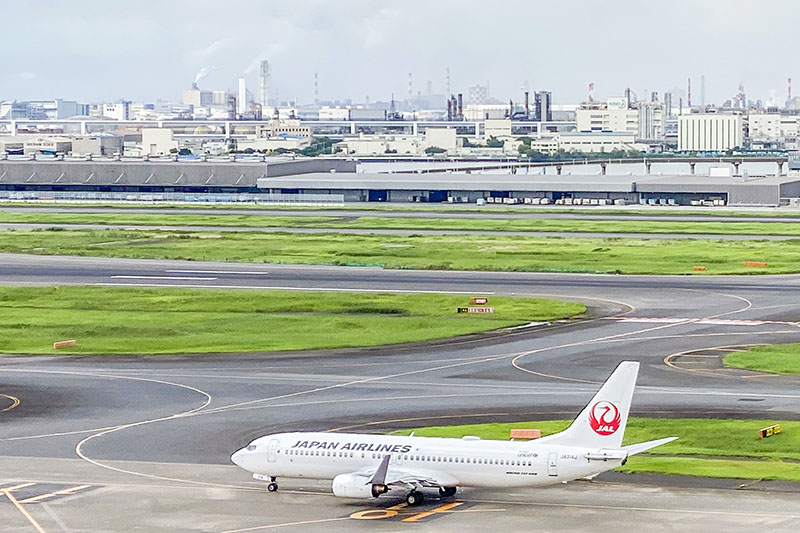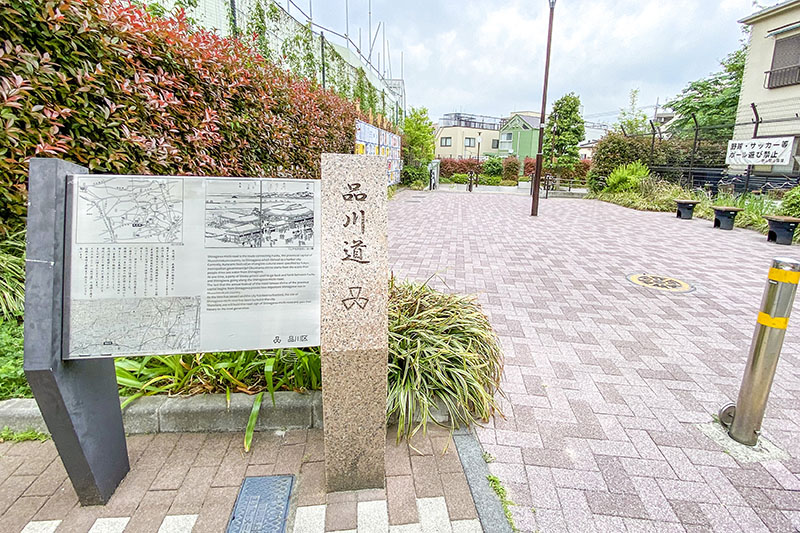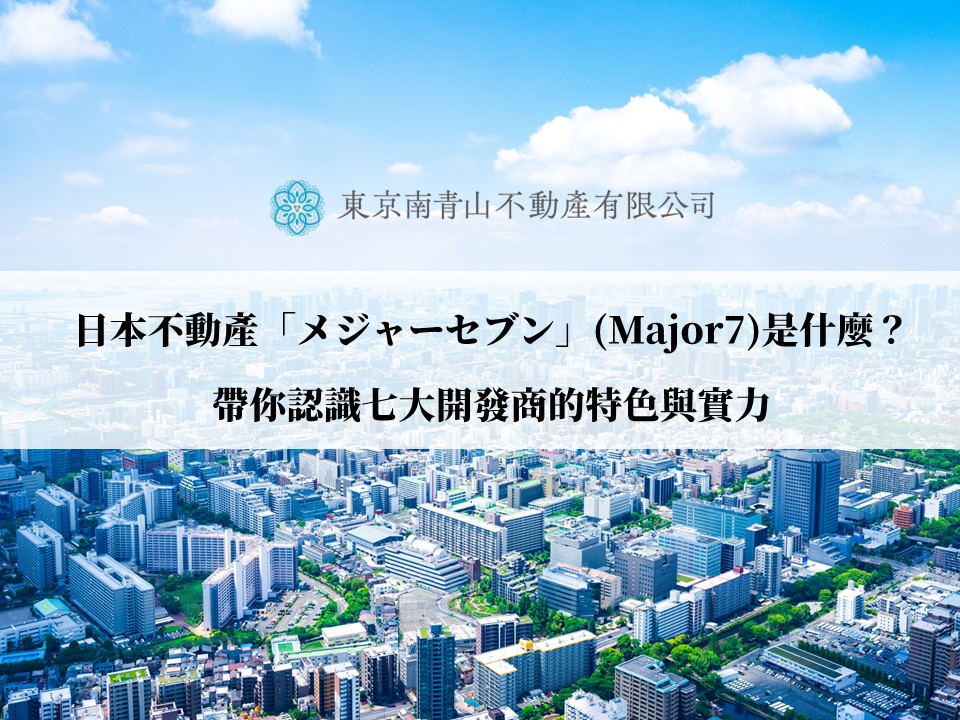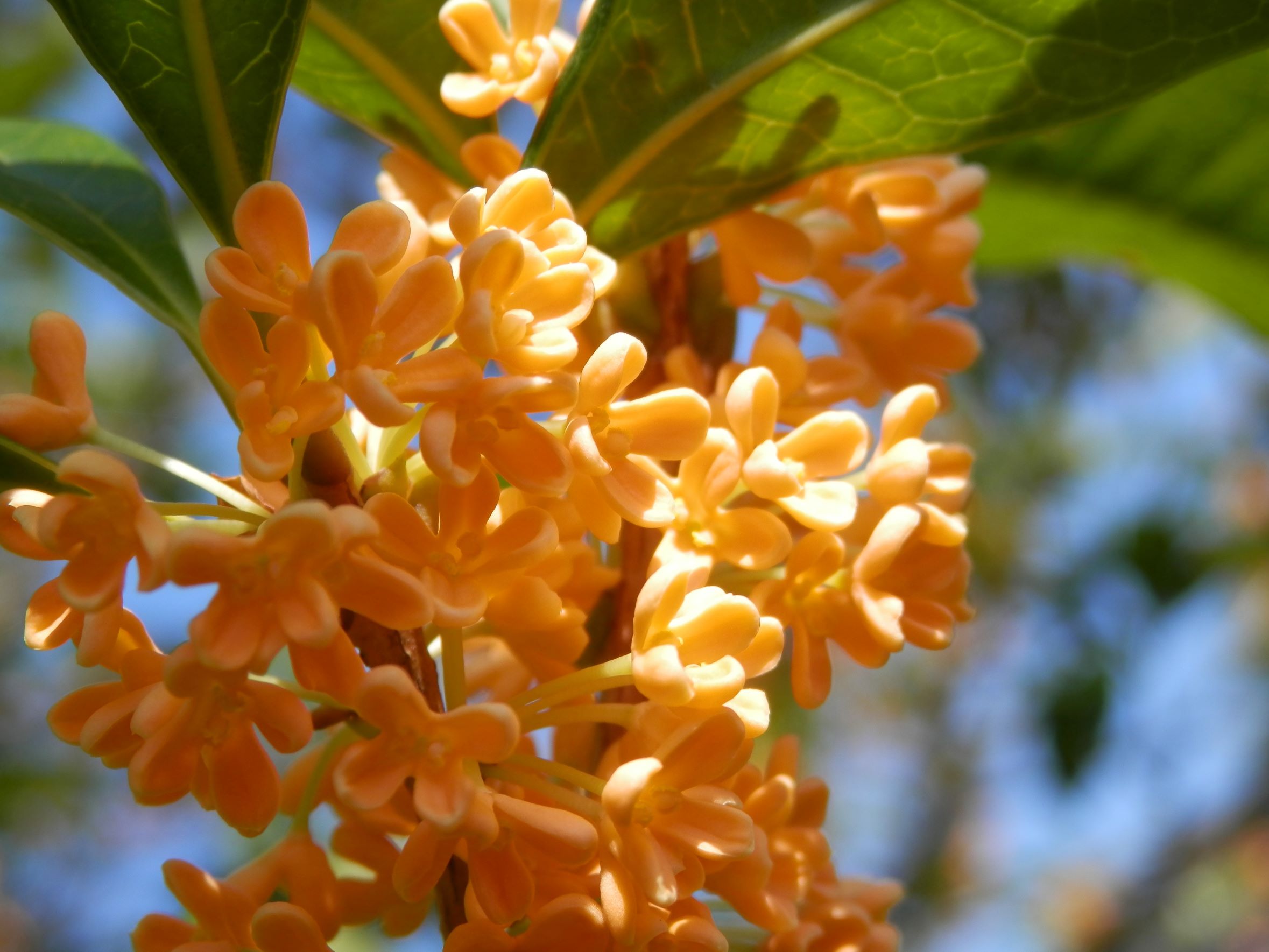Ota Ward is located in the southern part of Tokyo's 23 wards and is the largest of the 23 wards in terms of area. It consists of the flat lowlands facing Tokyo Bay in the southeast and the highlands of the Musashino Plateau in the northwest. To the west, the Tama River flows through the ward, and the rich nature of the river and the sea can be felt close at hand. During the Edo period (1603-1867), the Tokaido Route, an important road connecting Edo and the western part of the country, passed through the area and many people crossed it. Even today, the area is a major transport hub, with arterial roads such as Keihin Kokudo and Daini Keihin running through it, as well as the Tokyo International Airport (Haneda Airport).
Historically speaking, the name 'Ota' is a new name, originating from Ota Ward, which was created by the merger of Omori and Kamata wards in 1947.
the Tokyo International Airport (Haneda Airport)
Tama River
■1 Ota area's Ancient Time
Many archaeological sites from the Jomon period have been discovered in the Ota area. During the Jomon period, the sea level was higher than it is today, and the sea entered inland to the 'Musashino Plateau' (known as the sea advance). People in the Jomon period lived near the edge of the Musashino Plateau, where seafood could be harvested and spring water was easily available, so the remains from this period are located in such places. One such site is the Omori Shell Mounds, discovered in the early Meiji period near the present-day boundary between Ota and Shinagawa wards, which dates from the late Jomon period. Later, the sea advance subsided and the present coastline became closer to its present form, but life continued on the Musashino Plateau, where lowlands convenient for agriculture were close by and spring water was easy to obtain, and in the Kofun Period many burial mounds of powerful families were built, including the Ebaradai tumulus cluster along the Tama River.
Tamagawadai Park Tumulus Exhibition Room
Kamenokoyama Tumulus
■2 The Ota Area Up to Modern Times
The Ota area also retains historical sites related to Nichiren Shonin (Saint Nichiren). In 1282 (Koan 5), during the late Kamakura period (1185-1333), Nichiren Shonin is said to have washed his feet in the "Senzoku no Oike" irrigation pond on his way to Ikegami (later to become "Ikegami Honmonji [Temple]"), hence the kanji for "Senzoku Ike" ('Foot Washing Pond').
In the Edo period (1603-1867), the Tokaido Route, one of the five routes, passed through the Ota area. The Tokaido Route is the most important transportation route linking Edo with Kyoto and the western part of the country. No post towns were established in the Ota area, but Rokugo became a strategic point for crossing the Tama River. The Rokugo Ohashi Bridge was built in the early Edo period (1603-1868), but because of the bridge being washed away repeatedly, it was abandoned after the mid-Edo period and a ferry, the Rokugo no Ferry, was established.
During the Edo period, seaweed cultivation began on the coast in Omori, and the seaweed was offered to the Tokugawa shoguns. After the war, seaweed cultivation ceased due to the ongoing reclamation of the coast, but many seaweed manufacturers and wholesalers remain today.
Senzoku Ike
Oomori Nori Museum
■3 Ota Area in the Meiji Period
When the country was opened to the outside world at the end of the Edo period (1603-1868), the Ota area became a link between Edo (Tokyo) and the port of Yokohama, and many foreigners began to travel along the Tokaido Route, and in 1872 a railway line was opened between Shinbashi (Shinagawa when it was temporarily opened) and Yokohama. Initially, there was no station in the Ota area, but in 1876 (9th year of Meiji), 'Omori Station' was opened. The following year, 1877, Dr Morse, a zoologist from the USA, came to Japan and discovered the Omori Shell Mounds from the window of the train, looking at the strata of the plateau that had been cut away for the railway construction.
In the late Meiji period (1868-1912), the Keihin Electric Railway (now the Keikyu Main Line) was opened, further improving transport links, and the Ota area developed as a holiday resort with beaches, mineral springs and scenic views, as well as a villa area.
Omori Shell Ruin Monument and Keihin Tohoku Line
■4 Kamata's Industry
Kamata began to bustle with the opening of the Kamata Shobuen in the late Meiji period (1868-1912), and when Shochiku's Kamata Studios opened in the Taisho period (1912-1926), it became a glamorous town where people involved in film gathered (the studios moved to Ofuna in 1936). The photograph shows a replica of the Shochiku Bridge on the former site of the Kamata Studios, with the Ota Kumin Hall Aprico in front and Nissay Aroma Square in the building at top left. The Shochiku Bridge was originally built in front of the studios and was recreated and preserved for the film Kinema no Tenchi (The Heaven and Earth of Kinema) in 1986.
From the Taisho period onwards, large factories were opened one after another in the area and, together with subcontracted factories, the area developed as an industrial town. After the war, Kamata continued to play a role as a manufacturing town, and a shopping and entertainment district developed around Kamata Station, where many residents and workers gathered. The photo shows the arcade of the Keikyu Kamata Shopping Arcade Asuto.
Shochiku Bridge
Keikyu Kamata Shopping Street Asuto
■5 History of Haneda
During the Edo period, Haneda was a farming and fishing village, especially as it was one of the 'Gona Hachigaura', where fish was delivered to the shogunate. In the late Edo period, 'Suzuki Shinden' was cultivated, and in the Meiji period, the area around 'Anamori Inari Shrine' in 'Suzuki Shinden' developed as a holiday resort. In the early Showa period, the history of the airport began with the relocation of the 'Tokyo Airfield' from Tachikawa, which became the 'Tokyo International Airport' after the war. The airport has since been expanded and is now one of the busiest airports in the world in terms of the number of departures and arrivals. Meanwhile, the 'Anamori Inari Shrine' was relocated to its current location following the expansion of the airport after the war.
Anamori Inari (Shrine for god of harvests, wealth, fertility)
Haneda Airport
■6 Development as a Residential Area and the Present
In the Taisho era (1912-1926), with the development of transport systems, suburban areas such as Senzoku, Denenchofu and Sanno were developed as residential areas in the Tokyo suburbs. Furthermore, when the Great Kanto Earthquake struck in 1923, many people, including victims of the disaster, moved to the suburbs of Tokyo, and the population of the Ota area increased significantly. The rapid urbanisation of the area led to its incorporation into Tokyo City in 1932 (Showa 7), when Omori and Kamata wards were formed. After the earthquake, many writers, artists and others moved to the Magome and Sanno area, and exchange deepened and developed culturally in this area.
Denenchofu Station
Relief of residents of the Magome Writer's Village
■7 Attractiveness and future of today's Ota Ward
In 1947, after the end of the war, Omori and Kamata wards merged to form Ota Ward, which took one letter each.
Today, Ota Ward consists of various areas with different attractions, including quiet residential areas such as Denenchofu, rich nature such as the Tamagawa River and Senzoku Pond area, well-developed commercial and shopping areas such as Kamata and Zoshiki, and historical townscapes such as along the Old Tokaido Route and the Ikegami Honmonji Temple area. Ota Ward is also known as a 'manufacturing town' and statistically ranks first among the 23 wards of Tokyo in terms of the number of factories and value of manufactured goods shipped. There are many highly skilled factories in Ota Ward, which continue to support Japan's industrial sector.
The 23 wards of Tokyo are generally well-developed in terms of railways and roads, making it one of the most convenient cities in the world, and Ota Ward is also home to Tokyo International Airport, one of the largest airports in the world. Air fares are often cheaper early in the morning and late at night, and if your home is close to the airport, these flights are easier to use.
The above diverse local character and high transport accessibility are some of the elements that make up the current attractiveness of Ota Ward.
In Ota Ward, JR East is currently constructing the Haneda Airport Access Line (tentative name), which will connect Haneda Airport and Shimbashi, and the construction of the New Airport Line ('Kamakama Line') is also under planning.
The redevelopment of the Kamata Station East Exit Station Area, the construction of a new east-west free passageway at JR Kamata Station and the Omori Station West Exit Plaza are also underway, and the area is expected to become more convenient in the future.
Redevelopment of the 'Kamata Station East Exit Station Area'
The Haneda Airport Access Line (provisional name): location of the construction section and outline of the operation
■ Mini-Columns: Products that utilise metalworking techniques
Many of the factories in Ota Ward support Japanese industry with their advanced metalworking technology. The "100 Best Souvenirs of Ota" selected by Ota Ward include products such as the "Precision Dokuraku" that utilise such advanced metalworking technology, so why not experience the technology of Ota Ward's factories through these products, which are rarely seen in everyday life?
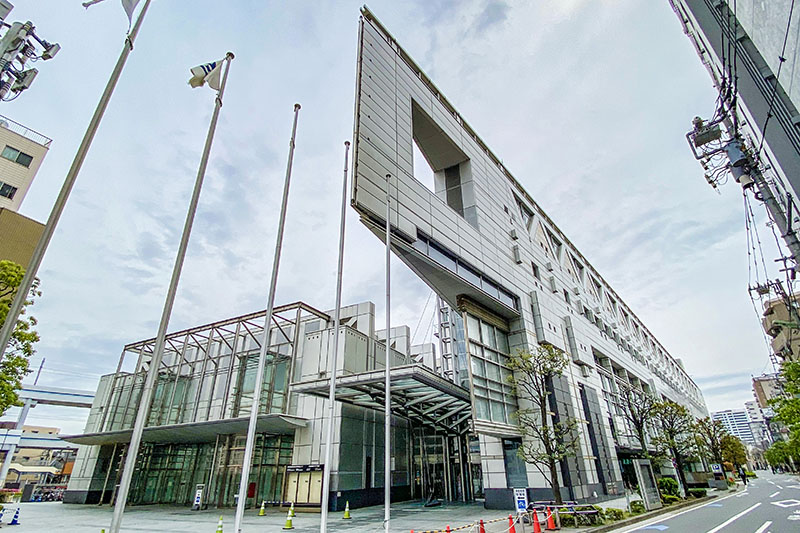
Ota Ward Industrial Plaza PiO
The photo shows the Ota Ward Industrial Plaza PiO, which was set up as a base facility to support industry and other industries in Ota Ward.


